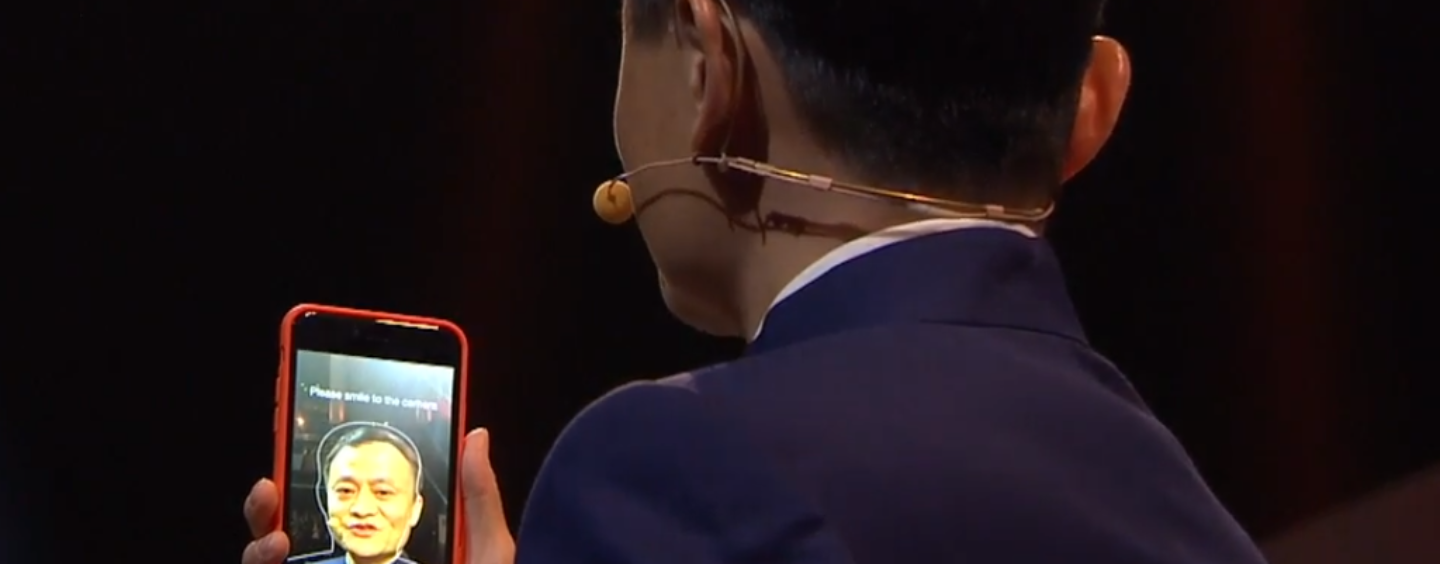
QR Codes Are Out, Soon You’ll Only Need to Show Your Face to Pay in China
by Fintech News Hong Kong March 22, 2019While Sweden is trialling inserting microchips into its citizens as a new way to pay, China is opting for a less invasive method — your face.
In Shenzhen, a local subway operator is testing several advanced technologies powered by the 5G network, including facial recognition payments, according to a report by the South China Morning Post.
At the Futian station, instead of presenting a ticket or scanning a QR bar code on their smartphones, commuters are now able to scan their faces on a tablet-sized screen mounted on the entrance gate and have the fare automatically deducted from their linked accounts.

“To use facial ticketing in the future, passengers will also need preregistration of their facial information and link their payment methods to their accounts,” said a staff member at the Futian station’s demonstration area in Shenzhen.
Passers-by at the demonstration area in Futian station will see their information, including facial photos captured by surveillance cameras, gender, age, and the length of stay in the area, displayed on a big screen.
The 5G-backed AI technologies were developed by an innovation laboratory backed by the metro operator and Huawei Technologies, which contributed AI algorithms via its public cloud.
Shenzhen Metro said that the speed and connectivity of 5G can provide higher efficiency and quality of network connection for subway equipment at a lower cost.
The rise of facial recognition payments in China
The facial recognition ticketing service marks another step by China towards integrating the technology and other artificial intelligence (AI)-based solutions into everyday life, and most particularly payments.
Experts believe that facial recognition will disrupt the Chinese digital payment ecosystem and replace traditional digital payment methods such as QR codes.
At KFC in China, consumers can already pay for their meals with its “Smile to Pay” facial recognition system, developed by Ant Financial. The system was first introduced at an outlet in Hangzhou in 2017 and doesn’t require a smartphone, as long as the customer has already registered for the Alipay app and enabled facial recognition. The system uses a liveness detection algorithm to ensure that it can distinguish between a photo and a real human being.
In late-2017, Jack & Jones and Vero Moda, two brands owned by Danish fashion retailer Bestseller A/S, opened the first ever cashier-free “smart fashion stores” in China.
The “smart stores,” located in Shenzhen and Guangzhou, apply Tencent’s AI platform Youtu all along the customer journey. The facial recognition system records shoppers’ face identity and registers them as a member of the “AI Club,” powered by WeChat Pay. At the checkout counter, customers can simply scan their face, and have their WeChat Pay account charged to complete the purchase.
Not wanting to be left behind, facial recognition has also been adopted by several banks, including the Agricultural Bank of China and China Merchants Bank with thousands of ATMs supporting the technology placed across the nation. With these ATMs, customers can withdraw cash by scanning their face, without the need for a bank card or a mobile phone.
Other notable locations where face recognition payments are available in China include the Jiangxi Provincial People’s Hospital, the Shanghai Hongqiao International Airport, several hotels of the Marriott International chain, and at JD.com’s “unmanned” stores across China.
In August 2018, JD.com brought its unmanned store concept to Indonesia, marking the first time it is unveiling the technology platform outside China.
Featured image via Aizilla








